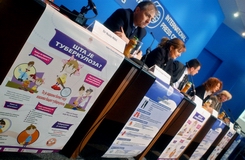- Serbia
Get to know Serbia
- Citizens
Culture and science
Health services
Pension and disability insurance
- Business
Employment
Economy
- Media
- Government
- Contact
Keep in touch
Contact form
Back
Keepin touch
Whether you have a question, comment, suggestion or any problem in the purview of the government, send us your message and we will try to respond as soon as possible. If your problem is not in our purview, we will forward your message to the relevant institution.
Q:
A:
Observation of World Tuberculosis Day
Belgrade,
24 March 2006
Serbian Minister of Health Tomica Milosavljevic said today that the aim of the project themed “Control of Tuberculosis in Serbia” is to reduce the number of tuberculosis patients from the current 36.8 to 25 new cases by 100,000 citizens a year by 2007.
At a press conference on the occasion of the World Tuberculosis Day, Milosavljevic explained that this will be achieved through the strategy of directly observed therapy (DOTS) which will include at-risk populations. Also present at the conference were head of the World Health Organisation (WHO) in Belgrade Dorit Nitzan, head of the Serbian tuberculosis committee Gordana Radosavljevic-Asic, coordinator of the project “Control of Tuberculosis in Serbia” Natasa Lazarevic-Petrovic, a doctor from the Serbian Health Care Institute “Milan Jovanovic-Batut” Nada Milic and president of the Serbian Red Cross Dragan Radovanovic.
The directly observed therapy implies that every patient is treated in the right manner and given the appropriate dose of medicine every day to prevent the spreading of the disease through the air, said the minister.
According to Milosavljevic, the most important message on the occasion of the World Tuberculosis Day is that the disease can be cured. This is done with medicine which is free of charge, and that after the therapy, which can take from six to eight months, cured patients can go on with their normal way of living.
He added that a strategic and well-organised approach of health services is essential in fighting tuberculosis, which is what the WHO also recommends.
Head of the WHO in Belgrade Dorit Nitzan pointed out that control of tuberculosis in Serbia is much better than in a number of countries in the region. According to the 2003 data, Serbia had the rate of 35 new cases of tuberculosis on 100,000 citizens, whereas at the same time Romania had 149 and Croatia 43 new cases, she said.
Nitzan added that since 2002, the number of tuberculosis patients in European countries has been decreasing, which is not the case in the southeast European region. Here, the number of TB patients is either static or going up and particularly worrying facts are the increased instances of multiresistance, or resistance to drugs, in patients.
She specified that out of 20 countries in which the increase in TB multiresistance has been recorded, 14 are in Eastern Europe. Medical treatment in such cases is difficult and expensive, she concluded.
The directly observed therapy implies that every patient is treated in the right manner and given the appropriate dose of medicine every day to prevent the spreading of the disease through the air, said the minister.
According to Milosavljevic, the most important message on the occasion of the World Tuberculosis Day is that the disease can be cured. This is done with medicine which is free of charge, and that after the therapy, which can take from six to eight months, cured patients can go on with their normal way of living.
He added that a strategic and well-organised approach of health services is essential in fighting tuberculosis, which is what the WHO also recommends.
Head of the WHO in Belgrade Dorit Nitzan pointed out that control of tuberculosis in Serbia is much better than in a number of countries in the region. According to the 2003 data, Serbia had the rate of 35 new cases of tuberculosis on 100,000 citizens, whereas at the same time Romania had 149 and Croatia 43 new cases, she said.
Nitzan added that since 2002, the number of tuberculosis patients in European countries has been decreasing, which is not the case in the southeast European region. Here, the number of TB patients is either static or going up and particularly worrying facts are the increased instances of multiresistance, or resistance to drugs, in patients.
She specified that out of 20 countries in which the increase in TB multiresistance has been recorded, 14 are in Eastern Europe. Medical treatment in such cases is difficult and expensive, she concluded.
-
 Belgrade, 22 January 2025
Belgrade, 22 January 2025Egypt one of Serbia’s closest partners on international stage
-
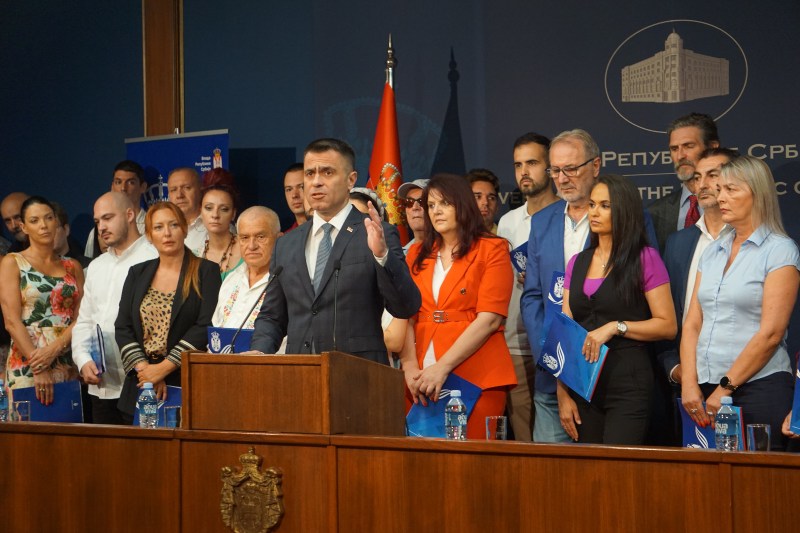 Belgrade, 9 July 2024
Belgrade, 9 July 2024Support for 104 associations in diaspora that preserve Serbian language, culture
-
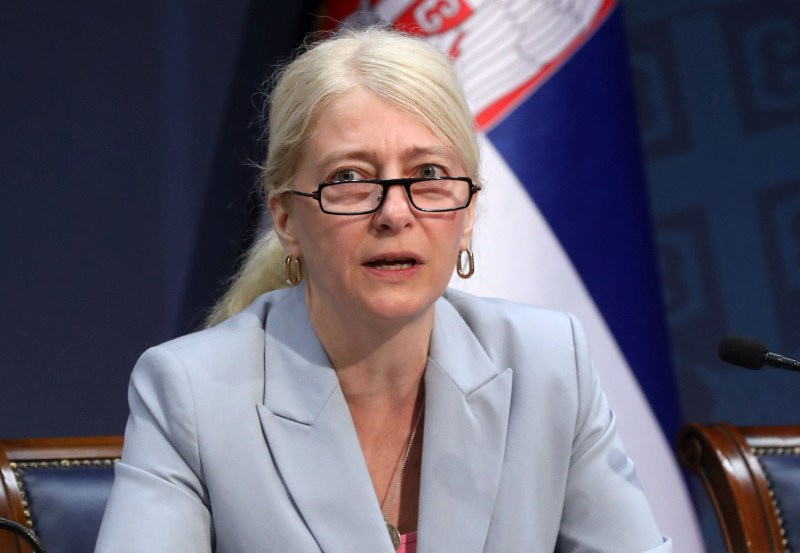 Belgrade, 15 April 2024
Belgrade, 15 April 2024Competition for StarTech grants open until 31 May
-
 Belgrade, 2 October 2023
Belgrade, 2 October 2023Serbia respects Resolution 1244 and will do everything to preserve peace
-
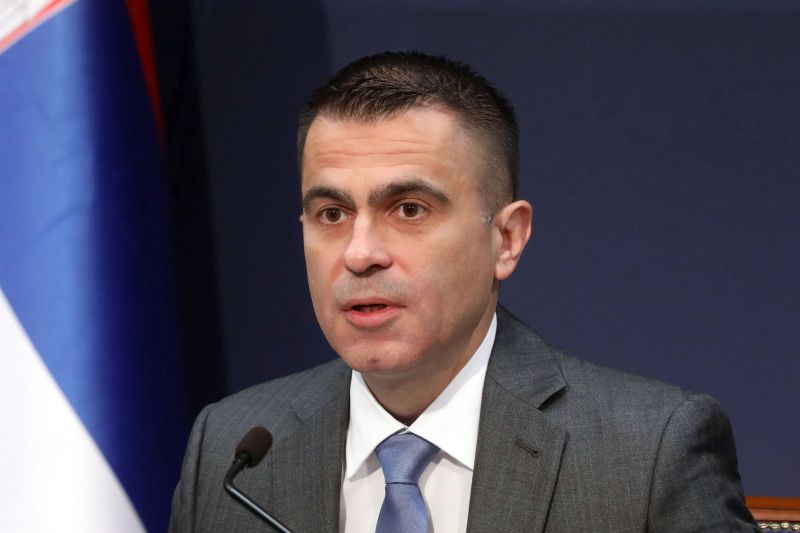 Belgrade, 13 September 2023
Belgrade, 13 September 2023Day of Serbian Unity to be celebrated outside borders of Serbia, Republika Srpska for the first time
-
 Belgrade, 8 August 2023
Belgrade, 8 August 2023RSD 24.2m in state aid paid out to citizens affected by storm
-
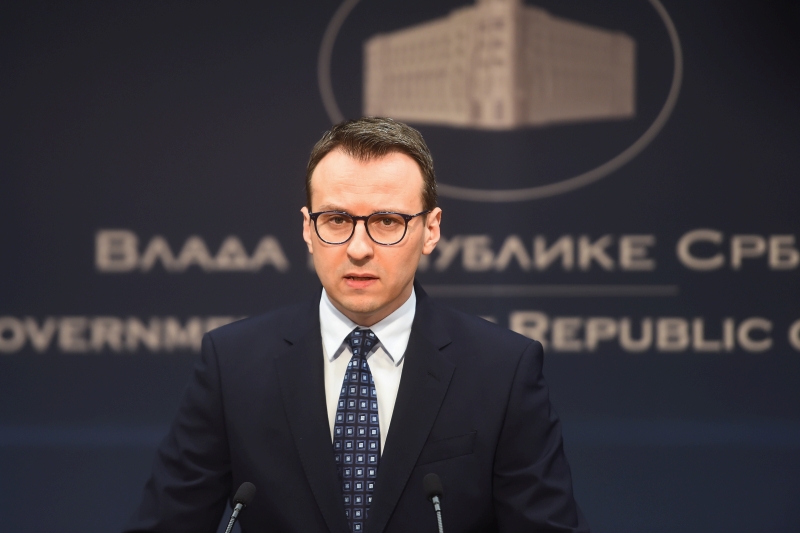 Belgrade, 17 June 2023
Belgrade, 17 June 2023Belgrade is doing everything to preserve peace in Kosovo and Metohija
-
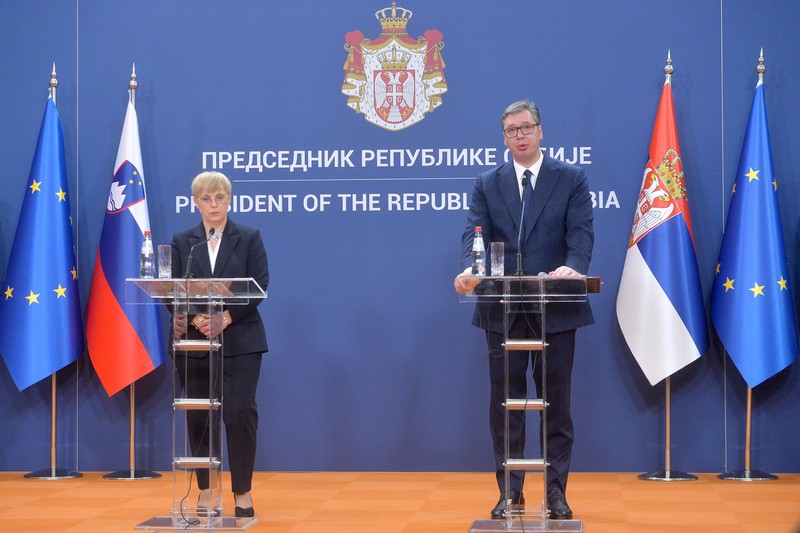 Belgrade, 15 June 2023
Belgrade, 15 June 2023Slovenia will continue to support Serbia on its way to EU
-
 Belgrade, 5 May 2023
Belgrade, 5 May 2023Emergency measures, tightening of conditions for possessing weapons
-
 Belgrade, 3 May 2023
Belgrade, 3 May 2023Three days of mourning in Serbia over tragedy at Vladislav Ribnikar primary school

